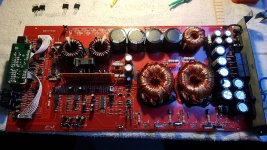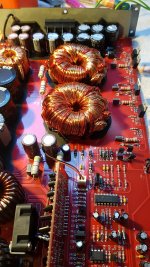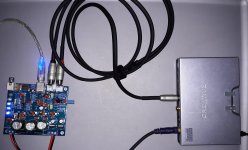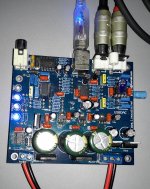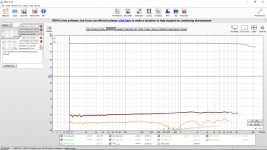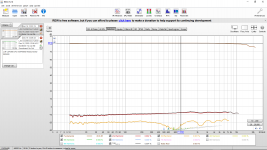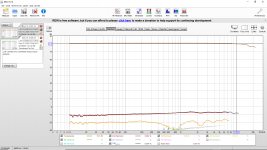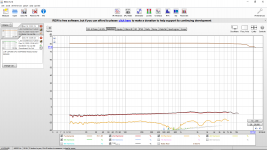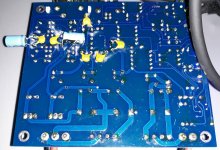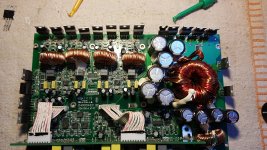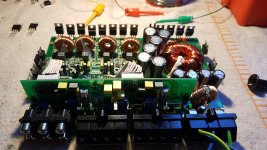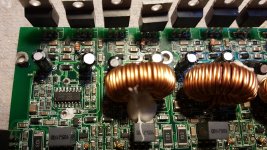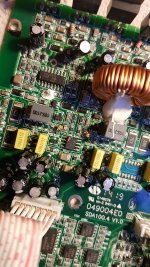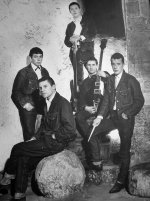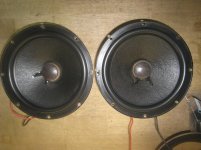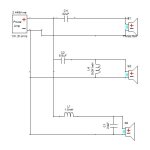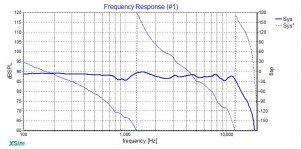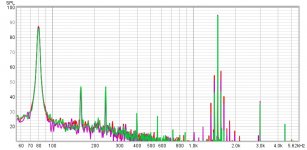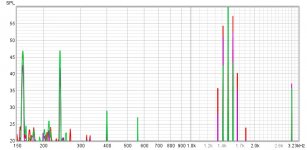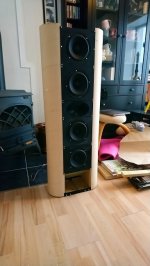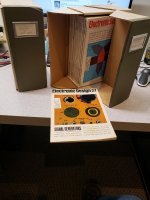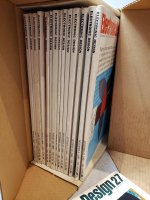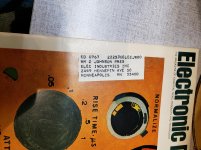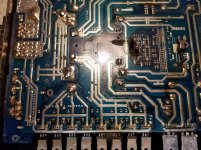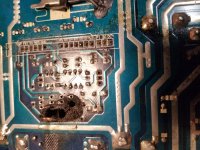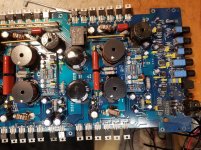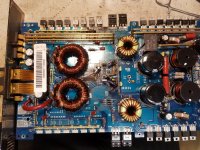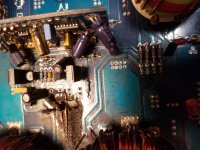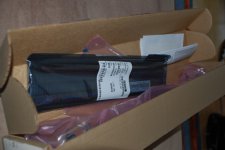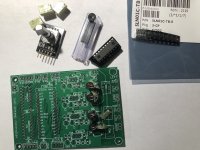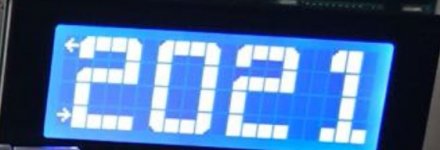Important note Nov. 2018:
This free open source project is for DIYers only. DIYers may build and enjoy and maybe adapt this project for their own personal use, This project made possible by a lot of members donating their time, experience and money. Please do not use the information developed in this open source project in ANY commercial use or product.
Following
"Open source speaker project?" and
"Open source speaker project - Part II" this thread will be design thread for "Tower XL".
Tower XL Goals : amp friendly (high efficiency) and flattish impedance curve of 8 ohms, low bass extension of 35-40Hz within -3db and cabinet volume will be up to 150 liter. Drivers costs will be
maximum of 1000$ for the pair ( excluding crossover parts and cabinet).
Drivers will be chosen to meet the task's goals (no size criteria at this point). Stated goals are not fixed and may change (not drastically) as design team needed.
and of course everyone is welcome to help and participate
🙂
Update (10-22-18):
It will two versions of Tower XL, Acoustic Elegance and Faital Pro Versions.
After a lot discussions, research and simulation
Acoustic Elegance TD15X has been chosen as the woofer for this project, but due to limited worldwide availability and high shipping costs and manufacturer lead time, we decided to go with two versions and
Faital Pro 15H520 as the woofer of choice for alternative version with trying to keep same form factor in mind, front baffle will be the same dimension for both versions but due to higher VAS of AE driver the AE tower need will be deeper.
Midrange:
AE TD8M will be used for AE version and for Faital Pro version current candidate is
Faital Pro 8PR200.
Tweeter:
Faital HF107 + STH100 is the driver of choice for AE version.
More details about cabinets:
Tower XL AE
- Cabinet W x H x D = 47 x 112 x 62 cm
- Woofer AE TD 15X, Midrange AE TD 8M, Tweeter tbd
- 247 L bruto and 217 L netto for the woofer; 20 L bruto for the midrange, 5 L for the woofer and 5 L for the bracing subtracted
- Internal cabinet netto volume for midrange is 15 L
- Port length long: FB = 20 Hz, F3 = 35 Hz, F6 = 24 Hz, F10 = 19 Hz
- Port length short: FB = 28 Hz, F3 = 28 Hz, F6 = 25 Hz, F10 = 22 Hz
- Data for BR simulation: netto volume = 43.2 cm x 57.1 cm x 88 cm or 217 L; port long = 57.9 cm; port short = 24.0 cm; port area = 236 cm2
Tower XL Faital
- Cabinet W x H x D = 47 x 112 x 50 cm
- Woofer Faital 15FH520, Midrange 8 inch tbd, Tweeter tbd
- 195 L bruto and 165 L netto for the woofer; 20 L bruto for the midrange, 5 L for the woofer and 5 L for the bracing subtracted
- Internal cabinet netto volume for midrange is 15 L
- Port length long: FB = 25 Hz, F3 = 53 Hz, F6 = 34 Hz, F10 = 22 Hz
- Port length medium: FB = 36 Hz, F3 = 35 Hz, F6 = 31 Hz, F10 = 28 Hz
- Port length short: FB = 39 Hz, F3 = 36 Hz, F6 = 33 Hz, F10 = 30 Hz
- Data for BR simulation: netto volume = 43.2 cm x 45.1 cm x 84.7 cm or 165 L; port long = 57.9 cm; port medium = 24 cm; port short = 13 cm; port area = 236 cm2
more info can be found
here.



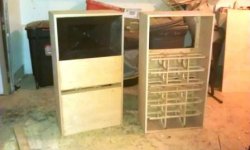
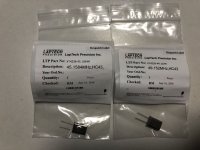
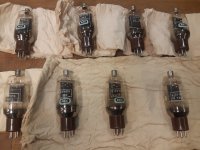
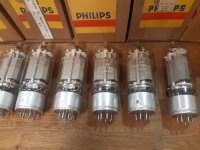

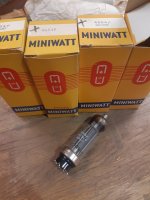
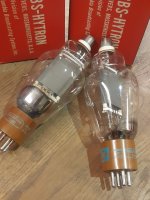
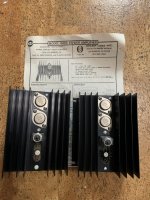
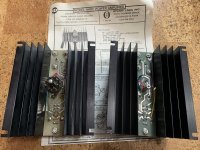
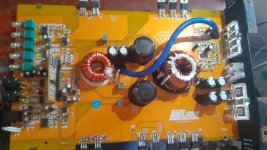


 this is an English language forum. Please use English in the future. Thank you for understanding
this is an English language forum. Please use English in the future. Thank you for understanding 